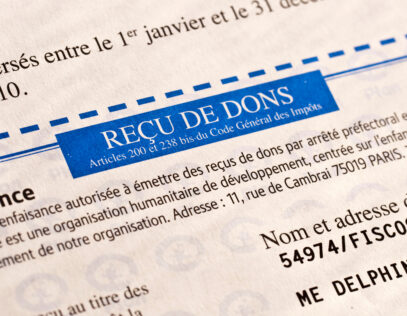As I often tell clients, transfer pricing compliance requires a proactive approach. Granted, that advice is about as exciting as yesterday’s news, but it is relevant and, if executed properly, it even transcends ahead-of-the-game documentation. A true proactive approach requires that you look around and see what tax authorities are doing—new legislation, guidance, etc.—and then think about the implications those maneuvers may have for tax administrations in other countries. Will they follow along?
For example Vietnam’s tax authorities decided to skew the interquartile range calculation in their own favor. (See my last blog post, Vietnam’s Brilliant (?) Transfer Pricing Move, for more on that.) A handful of other countries have also moved away from the 25-75% interquartile range, most notably India (35-65%). But while most of these countries have modified the terminus of the range, only Vietnam has actually skewed it to one side. So far, anyway.
A few days ago, I drove through Romania, from Bucharest to the Carpathian Mountains, and I couldn’t help but notice the many multinational corporations with operations along the highway. No doubt, some were manufacturing entities (most likely contract manufacturing, with the intellectual property held in the parent company’s jurisdiction or elsewhere), while others were distribution centers and/or in-country headquarters for large MNE retailers. Arguably, retail, distribution, and contract manufacturing operations are the main types of tested parties one expects to see in Romania, based on the macroeconomic market conditions. And presumably, more often than not, the intellectual property would be owned elsewhere.
This got me to thinking: Would Romania skew their interquartile ranges the same way Vietnam’s tax authorities did? It would make sense given that the tested party used to benchmark intercompany transactions in any transfer pricing analyses would always be the Romanian entity(ies). At the very least, it’s something we as transfer pricing practitioners should stop and consider. And if more tax authorities take this skewed approach, how does it change the way we should approach compliance?
Even if you don’t have the answer right now, when it comes to transfer pricing, it pays to take note, ask a few thoughtful questions—and stay ahead of the game.








